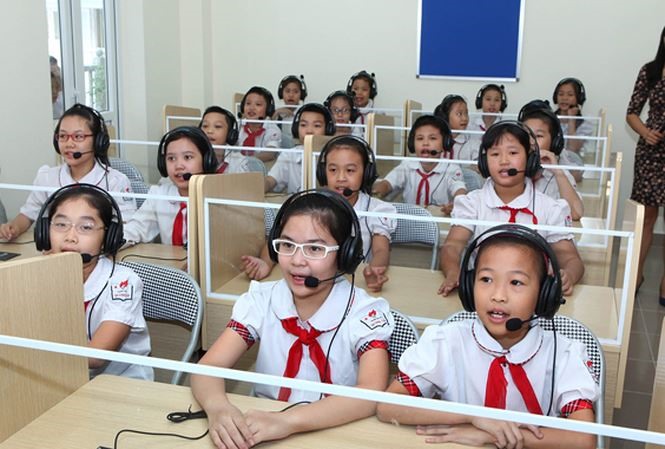 Society
Society

The East Asia and Pacific region has seven of the top 10 performing education systems in the world, with schools in Việt Nam and China showing significant progress, according to a new World Bank report released on Thursday.
 |
| Việt Nam is listed among countries that show significant improvement in the education system. — Photo tienphong.vn |
JAKARTA — The East Asia and Pacific region has seven of the top 10 performing education systems in the world, with schools in Việt Nam and China showing significant progress, according to a new World Bank report released on Thursday.
According to the “Growing Smarter: Learning and Equitable Development in East Asia and the Pacific” report, a quarter of the world’s school-going children---some 331 million---live in East Asia and the Pacific.
Up to 40 per cent of them attend schools in education systems whose students are ahead of the average students in OECD (Organisation for Economic Cooperation and Development) countries. These schools are not only in wealthy countries such as Singapore, Korea and Japan but also in middle-income countries such as China and Việt Nam, according to the report.
As the report highlights, students’ performance is not necessarily tied to a country’s income level. By age 10, for example, the average Vietnamese student outperforms all but the top students in India, Peru and Ethiopia.
Another key finding of the report is that across the region, household incomes do not necessarily determine children’s educational success. In Việt Nam and China, for example, students from poorer households do as well, if not better, in both math and science, as average students in OECD countries.
The report argues that improving education is necessary to sustaining economic growth and highlights ways the countries in the region have been able to improve learning outcomes.
Drawing on lessons from successful education systems in the region, the report lays out a series of practical recommendations for key policies that promote learning. This is to enable students to acquire foundational skills in reading and math, as well as more complex skills needed to meet future labour market demands.
“Providing high-quality education to all children, regardless of where they are born, is not just the right thing to do. It’s the foundation of a strong economy and the best way to stop and reverse rising inequalities,” said Victoria Kwakwa, World Bank Vice President for East Asia and the Pacific.
The report lays out concrete steps for improving learning for lagging systems in the region and beyond, starting with ensuring that institutions are aligned so that objectives and responsibilities across the education system are consistent with each other. The report also urges a focus on four key areas: effective and equity-minded public spending, preparation of students for learning, selection and support of teachers and systematic use of assessments and instructions.
The report found that top-performing education systems spend efficiently on school infrastructure and teachers, have recruitment processes to ensure the best candidates are selected for teaching and provide a salary structure that rewards teachers with proven classroom performance. It also found that schools throughout the region increased pre-school access, including for the poor, and adopted student learning assessment into their educational policies. — VNS




